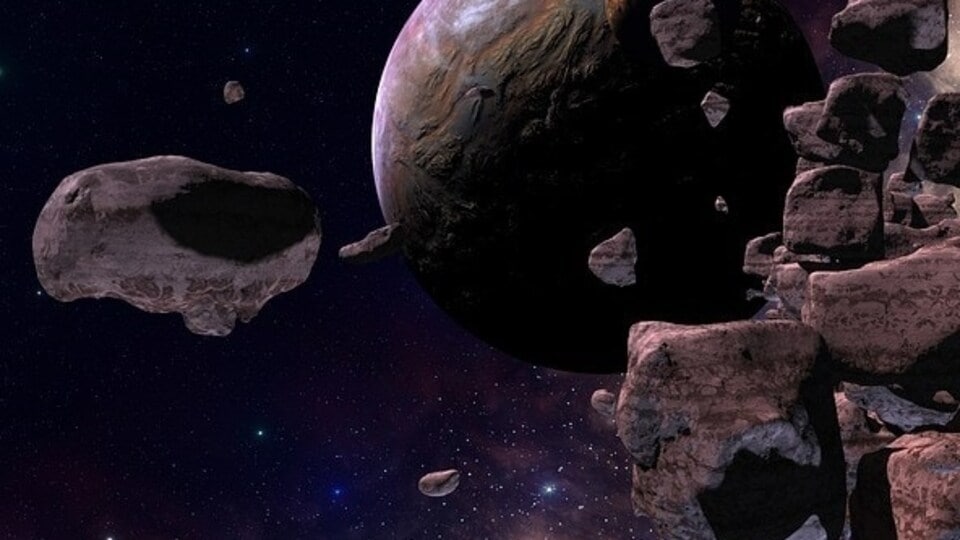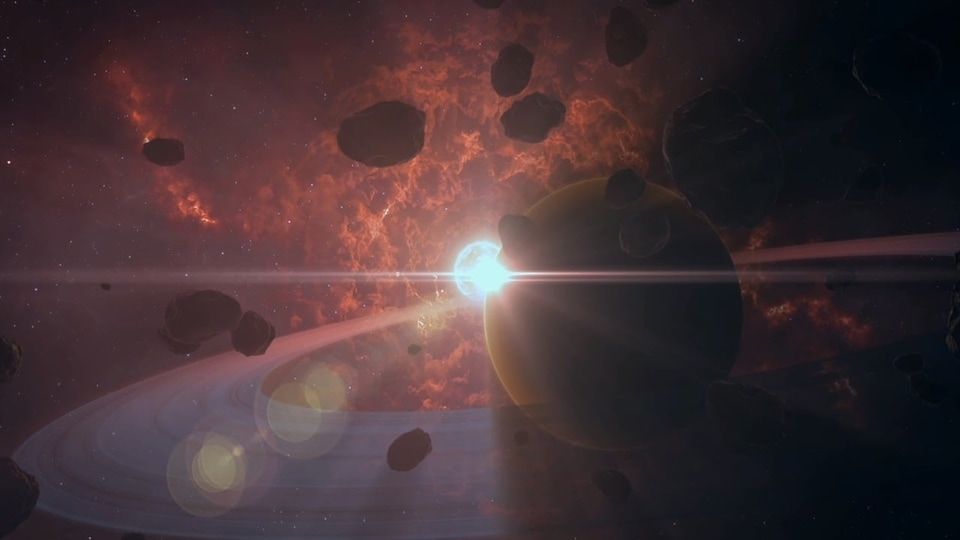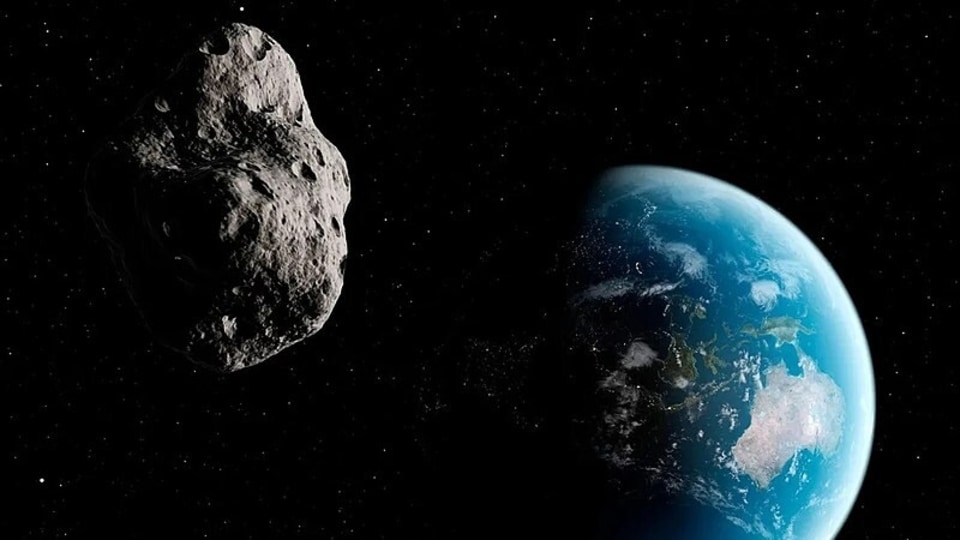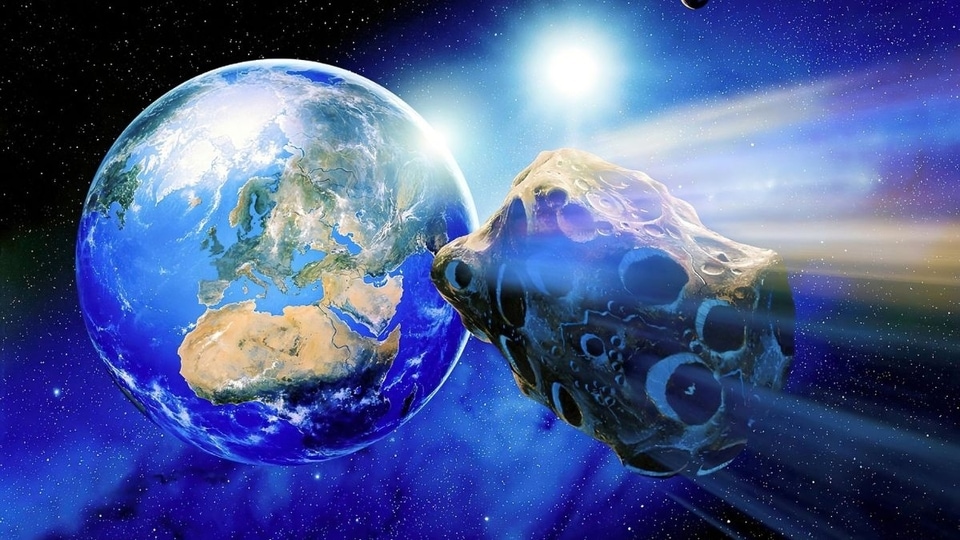Massive 101-foot Asteroid 2023 HQ zooming towards Earth at a speed of 26261 kmph, NASA issues warning
A gigantic 101-foot asteroid, named 2023 HQ is all set to make its closest approach to Earth today, April 22, NASA has warned.






 View all Images
View all ImagesSpace is a dangerous place. It is filled with a massive number of gigantic and high-speed celestial bodies moving in random directions. And some of them pose a big threat to the Earth. Just a couple of days ago, an asteroid exploded over the skies in Europe. This is why space agencies such as NASA have doubled down on planetary defense measures. Last year, the Double Asteroid Redirection Test (DART) mission was conducted successfully and now, NASA has begun construction of the Near-Earth Object (NEO) Surveyor space telescope which will scan the inner solar system in the infrared spectrum to look for any potentially dangerous asteroids. And now, NASA reveals that a mammoth 101-foot asteroid is going to visit our planet from a dangerously close distance. The risk is, if it gets trapped by the Earth's gravitational pull, there could be a huge disaster.
Massive asteroid moving towards the Earth
NASA reports on the asteroid have given us significant information on what to expect. The asteroid is named 2023 HQ and it was first spotted on April 16 of this year, as per the Small-Body database. The Jet Propulsion Laboratory (JPL) website tells us that the asteroid is going to come as close as 5.8 million kilometers to the Earth. While this might seem like a huge distance to some, the Center for Near Earth Objects Studies (CNEOS) data might shock you. According to them, the asteroid is traveling at a mind-numbing speed of 26261 kilometers per hour!
However, the current NASA prediction states that the asteroid will likely make a safe passage across the planet. Yet, for precautionary reasons, the asteroid is being monitored by the Wide-field Infrared Survey Explorer (NEOWISE) telescope. This tech marvel is a space telescope that has been tasked with monitoring all nearby space rocks in the inner circle of the solar system.
Know the NEOWISE telescope
It is very interesting to understand how this tech actually works. Ever since NASA became aware of the risk of near-Earth objects (NEO), it has dedicated itself to tracking and monitoring as many space rocks in the inner circle of the solar system as possible. Using the prowess of JPL and Wide-field Infrared Survey Explorer (WISE) telescope, the US space agency collects data for over 20,000 asteroids.
Catch all the Latest Tech News, Mobile News, Laptop News, Gaming news, Wearables News , How To News, also keep up with us on Whatsapp channel,Twitter, Facebook, Google News, and Instagram. For our latest videos, subscribe to our YouTube channel.































